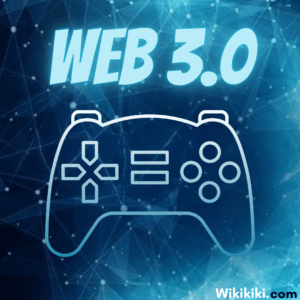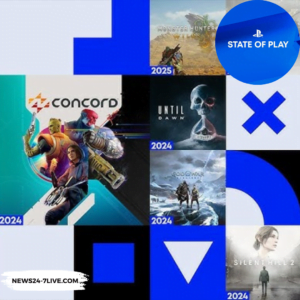The gaming industry has seen immense growth over the past decade. With the advent of new technologies and the rise of mobile gaming, the industry has expanded beyond the traditional console and PC gaming.
The latest buzz in the gaming industry is Web 3.0 gaming, which has the potential to revolutionize the gaming experience for players worldwide.

What is Web 3.0 Gaming?
Web 3.0 gaming is the next step in the evolution of gaming, where the activities of a gaming platform are delegated away from any central authority.
The concept of decentralization is what sets Web 3.0 gaming apart from traditional gaming. In Web 3.0 gaming, ownership of in-game assets and decision-making are in the hands of players. Decentralization is achieved by integrating blockchain technology into the gaming ecosystem.
Blockchain technology provides a transparent and secure way of storing and exchanging information. It also enables the creation of non-fungible tokens (NFTs), which are unique and non-interchangeable digital assets that can be bought, sold, and traded on blockchain platforms.
Web 3.0 gaming enables players to participate in the evolution of the game by allowing them to have a say in the decision-making process. This means that gamers can influence the game’s development, making it more player-centric.
Features of Web 3.0 Gaming:
Ownership and Interoperability
Web 3.0 gaming enables players to own their in-game assets fully. This means that players have complete control over their digital assets, and they cannot be deleted or removed by anyone else.
Additionally, Web 3.0 gaming allows for interoperability, meaning that players can use their in-game assets across different gaming platforms.
This provides greater flexibility and options for players, enabling them to maximize the value of their digital assets.
Old Game Integration
Web 3.0 gaming offers the potential for integrating old games into the new gaming ecosystem. Developers can leverage blockchain technology to revive nostalgic titles and incorporate them into Web 3.0 gaming experiences.
This allows players to enjoy their favorite classic games in a new setting and adds an extra layer of interactivity through the use of tokens and smart contracts.
Old game integration also provides developers with new opportunities for game development and integration.
Player-Driven Gaming
Web 3.0 gaming is player-driven, meaning that players have control over game assets and can trade them for real value.
This provides greater autonomy and ownership within the gaming experience, as players can make their own decisions and reap the benefits of their actions.
Web 3.0 games encourage collaboration and community building through player-to-player trades and interactions. As Web 3.0 technology continues to advance, we can expect to see even more player-driven gaming opportunities emerge.
Transparency and Security
Web 3.0 gaming offers a transparent and secure gaming experience for players. Blockchain technology provides a tamper-proof way of storing and exchanging information.
This means that players can trust that their in-game assets are secure and cannot be hacked or stolen. Additionally, Web 3.0 gaming platforms provide transparency in their operations, ensuring that players can see the inner workings of the game and verify that they are getting a fair gaming experience.
Challenges Web 3.0 Gaming
Lack of Awareness and Education: One of the biggest challenges facing Web 3.0 gaming is the lack of awareness and education among gamers.
Many gamers are unfamiliar with blockchain technology and its potential applications in gaming. This lack of understanding may lead to reluctance to embrace Web 3.0 gaming, hindering its adoption.
Complexity of Blockchain Technology: Another challenge is the complexity of blockchain technology. The technology is still in its early stages, and it can be challenging for developers to integrate it into gaming platforms.
Additionally, the use of cryptocurrencies and smart contracts can be intimidating for new players, leading to a steep learning curve.
Scalability Issues: Web 3.0 gaming platforms are still in the early stages of development, and scalability remains a significant challenge.
Blockchain technology can be slow and expensive, which may limit the number of players that can participate in a game at a time. As Web 3.0 gaming platforms continue to evolve, developers must find ways to overcome these scalability issues.
Regulatory Uncertainty: Regulatory uncertainty is another challenge facing Web 3.0 gaming. The regulatory landscape surrounding blockchain technology and cryptocurrencies is still evolving, and different countries may have different regulations. This uncertainty may create legal and regulatory barriers to the adoption of Web 3.0 gaming.


















+ There are no comments
Add yours